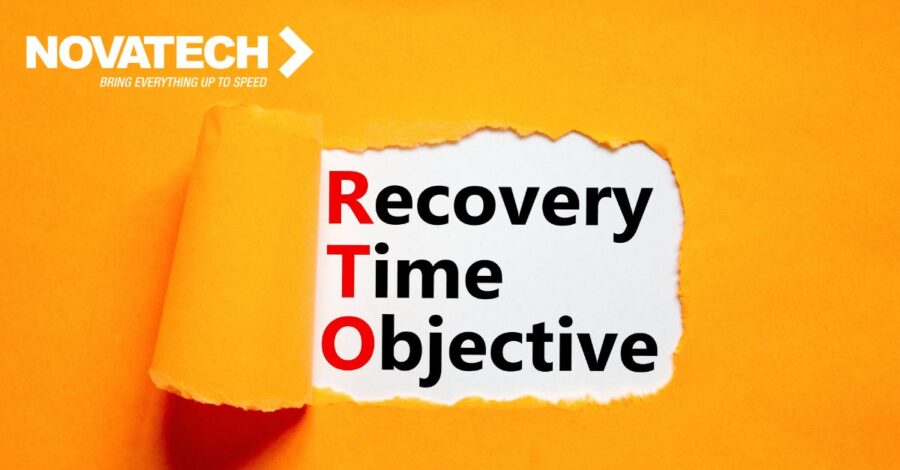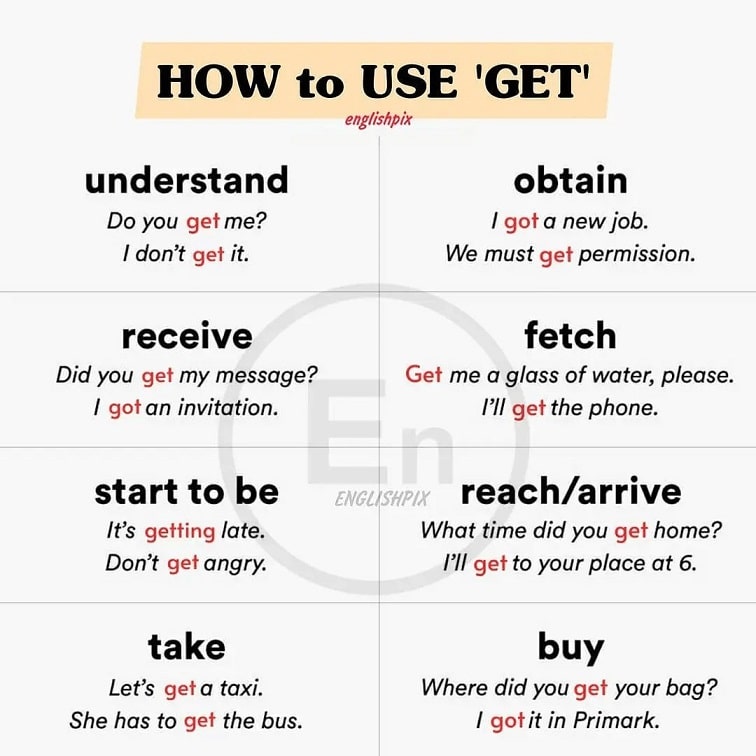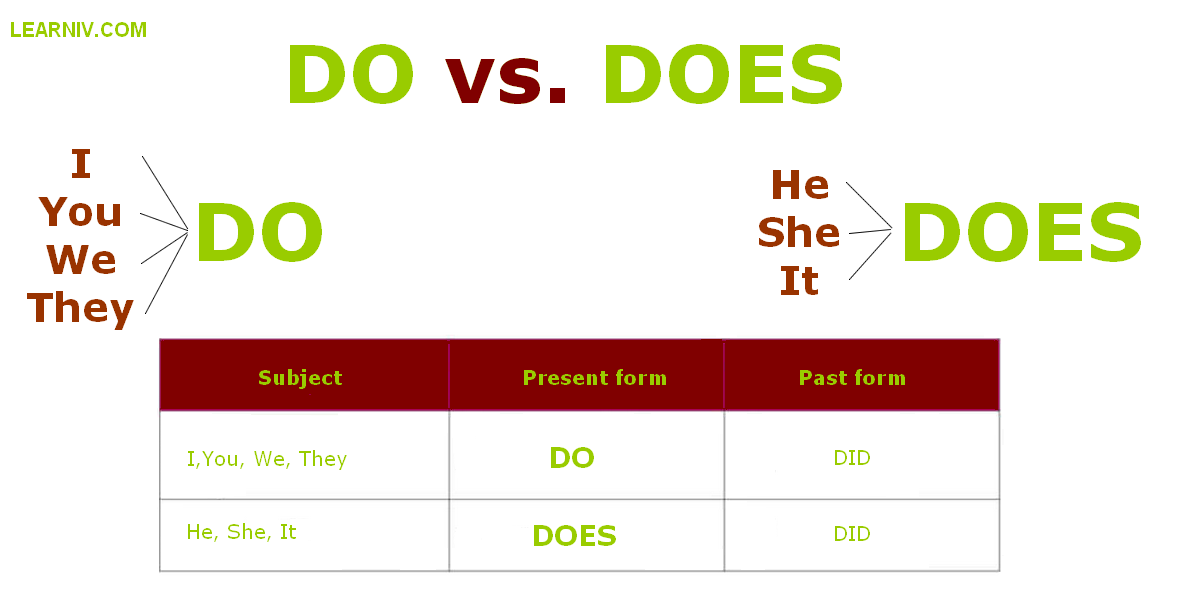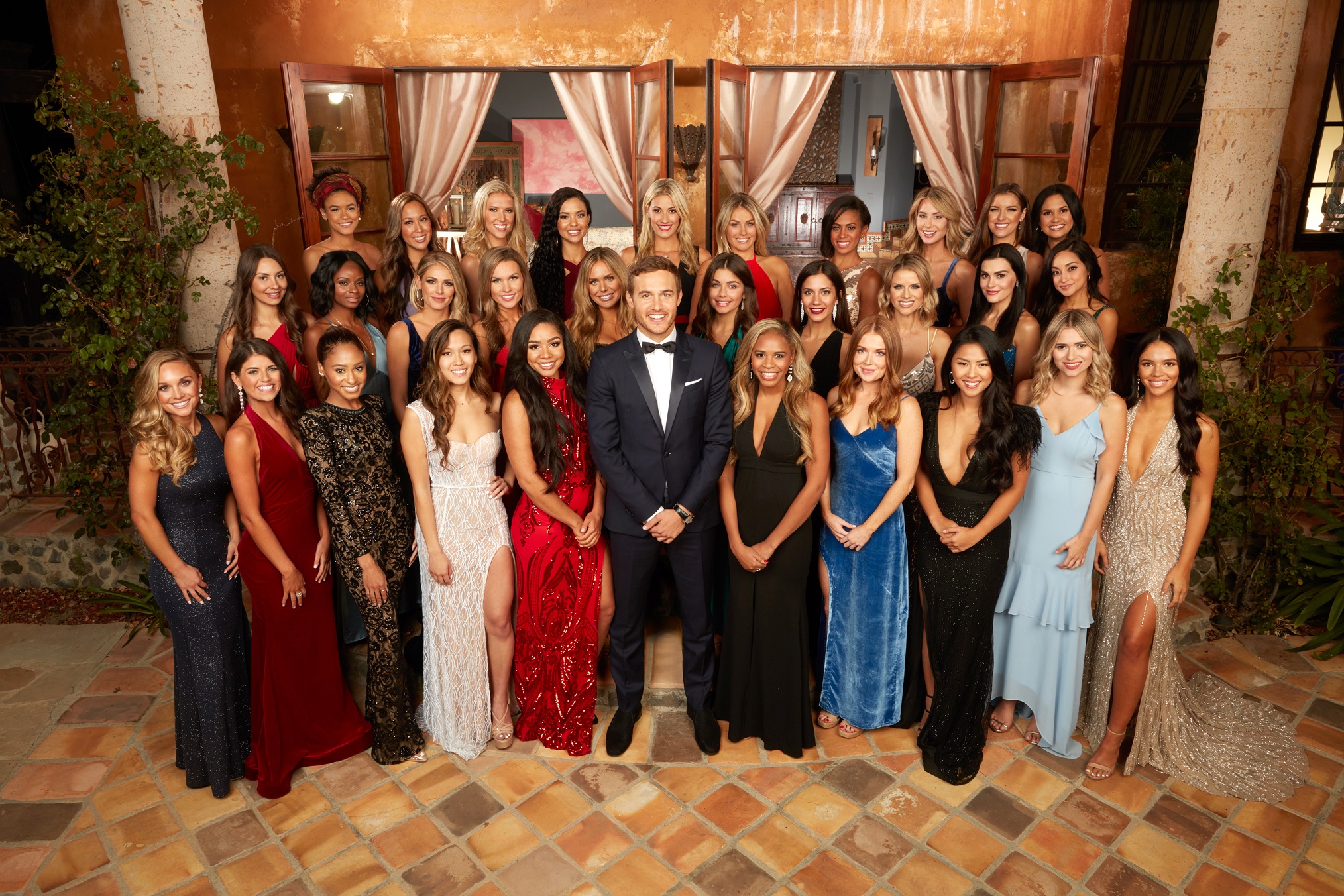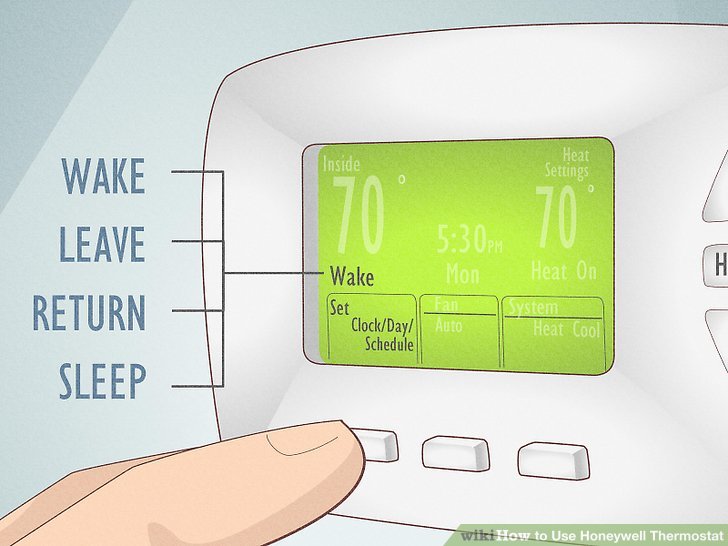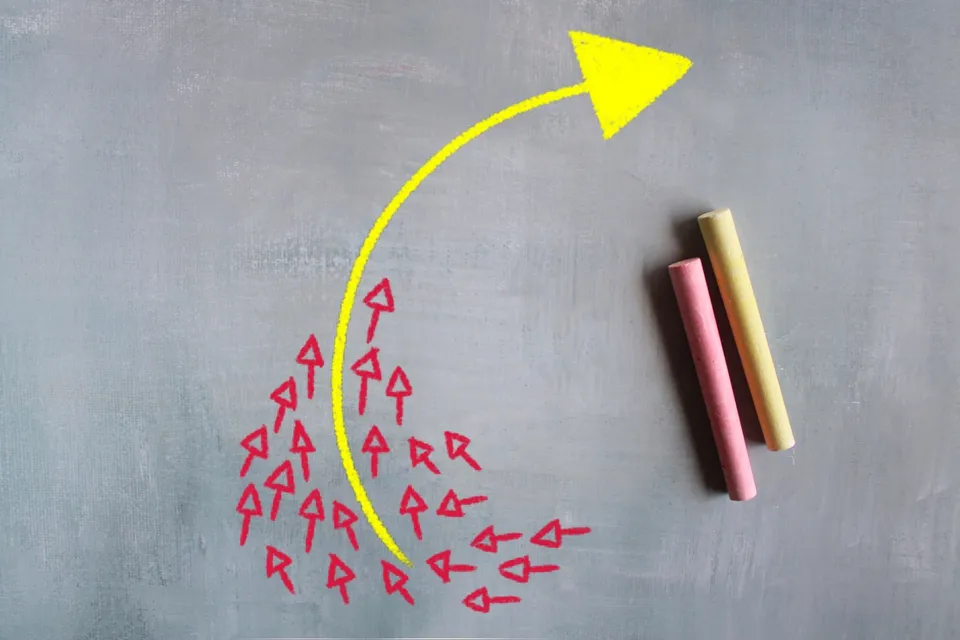Navigating Alcohol Licensing and Operations for Approved Public Entertainment Facilities in Texas
Introduction
Operating an approved public entertainment facility in Texas offers unique opportunities for hosting large-scale events such as sports, concerts, conventions, and performances. These venues, governed by specialized state laws, can provide alcoholic beverages to patrons, advertise sponsors, and create memorable experiences. However, facility owners and operators must navigate a complex web of regulations to stay compliant, maximize benefits, and avoid costly violations. This article explores what it means to be an approved public entertainment facility (PEF), details licensing requirements, explains advertising and sponsorship rules, and provides step-by-step guidance for accessing relevant services and maintaining compliance.
What Qualifies as an Approved Public Entertainment Facility?
Under Texas law, a
public entertainment facility
is defined as a publicly or privately owned venue used for sports, concerts, performances, or conventions. These facilities must meet minimum seating capacity requirements set by state or federal regulations and typically hold agreements with concessionaires or vendors authorized to sell alcoholic beverages. Examples range from major stadiums like NRG Stadium to smaller comedy clubs and music venues. If you operate such a venue, understanding whether your business qualifies is crucial for legal compliance and operational success.
[1]
Alcoholic Beverage Licensing for Public Entertainment Facilities
Public entertainment facilities differ from traditional bars or restaurants in both scale and regulatory oversight. Texas Alcoholic Beverage Code § 108.73 and related statutes set forth special licensing options and exemptions for PEFs. For instance, a stadium or arena may seat thousands of guests, requiring more extensive licensing than a small restaurant. To obtain the correct licenses:
- Determine your facility type (stadium, arena, concert hall, etc.) and seating capacity.
- Consult the Texas Alcoholic Beverage Code and verify if your facility meets PEF criteria. [2]
- Contact the Texas Alcoholic Beverage Commission (TABC) or consult a qualified attorney specializing in Texas alcohol law for guidance. [1]
- Enter into written concession agreements with authorized vendors for alcohol sales. [4]
Each facility’s circumstances are unique. It is recommended to seek professional advice and use the official TABC website to review licensing requirements and submit necessary applications. [5]
Alcohol Consumption Rules and Patron Guidance
Texas law provides specific guidance on how alcoholic beverages can be consumed and transported within approved public entertainment facilities and zones. For example:
- Facilities such as stadiums, arenas, and certain railroad stations may allow patrons to enter or leave licensed premises within the venue with alcoholic beverages in open containers, provided they remain within the facility or designated zone (excluding parking lots). [2] [3]
- Alcohol sales hours vary depending on facility type and event. For instance, sports venues and festivals may sell alcohol between 10 a.m. and noon on Sundays, subject to the presence of food service or special event status. [5]
- Consumption is generally permitted only within the confines of the facility or entertainment zone.
To ensure compliance, facility operators should clearly communicate consumption policies to patrons and train staff on identification checks and service rules. Consider posting signage at all entry points and within event areas to reinforce legal boundaries.
Advertising, Sponsorship, and Promotional Regulations
Approved public entertainment facilities in Texas have the opportunity to partner with sponsors and vendors for advertising and promotional activities. However, these partnerships are governed by strict rules:

Source: transtutors.com
- Independent concessionaires must have written concession agreements with the facility owner, lessee, or operator. [4]
- Sponsorship signs and advertising may be displayed at, in, or on public entertainment facility property, including areas where alcohol is served.
- All agreements must contain provisions disavowing any conduct prohibited by law.
- Municipalities with populations over 175,000 may designate public entertainment zones for expanded advertising and promotional opportunities. [2]
Before entering into sponsorship arrangements, review Texas Alcoholic Beverage Code Section 108 and TABC commission rules. It is recommended to consult with legal counsel or the TABC to ensure all advertising complies with state law.
Step-by-Step Guidance for Facility Owners and Operators
To successfully operate an approved public entertainment facility, follow these steps:
-
Confirm Facility Status
: Review Texas Alcoholic Beverage Code § 108.73 and § 108.82 to determine if your venue qualifies as a public entertainment facility or zone. -
Secure Licensing
: Contact the TABC or a qualified attorney to apply for necessary permits and licenses for alcohol sales. -
Negotiate Concession Agreements
: Enter into written agreements with authorized vendors and concessionaires for beverage service. [4] -
Establish Alcohol Consumption Policies
: Define clear boundaries for alcohol possession and consumption within your facility. Post signage and train staff accordingly. -
Implement Advertising and Sponsorship Plans
: Draft agreements with sponsors and ensure compliance with all promotional rules. Display signs only in authorized areas. -
Maintain Compliance
: Regularly review changes to state laws and consult official resources or legal experts to stay up-to-date.
If you have questions, you may contact the Texas Alcoholic Beverage Commission directly or use their online resources to search for relevant statutes, forms, and guidance. [5]

Source: pdffiller.com
Challenges and Solutions
Operating a public entertainment facility comes with several challenges:
-
Licensing Complexity
: Navigating multiple license types and agreements can be overwhelming. Solution: Work with specialized attorneys and use official TABC resources. -
Compliance Risks
: Failure to follow advertising or consumption regulations may result in fines or license revocation. Solution: Regularly audit your practices and update agreements as laws change. -
Patron Management
: Large crowds can make enforcement of alcohol policies challenging. Solution: Invest in staff training, clear signage, and crowd control strategies.
By proactively addressing these challenges, facility owners can minimize risk and foster a safe, compliant, and enjoyable environment for guests.
Alternative Approaches and Additional Resources
While Texas law provides a robust framework for public entertainment facilities, alternative approaches include:
- Partnering with local government for designation as a public entertainment zone, which may offer expanded operational benefits.
- Consulting with industry organizations for best practices in event management, alcohol service, and sponsorship development.
- Leveraging official TABC FAQ pages and guidance documents for ongoing support. [5]
Facility operators should always use official channels and verified resources when seeking information or applying for licenses. Avoid relying on unofficial advice or unverified sources to prevent costly errors.
Key Takeaways
Approved public entertainment facilities in Texas can unlock significant benefits, but only with proper licensing, compliance, and operational diligence. By understanding your obligations under state law, negotiating sound concession and sponsorship agreements, and maintaining rigorous policies, you can create a successful venue that serves both business goals and community needs. For the latest rules and practical guidance, consult the Texas Alcoholic Beverage Commission and review relevant statutes regularly. [1] [2]
References
- [1] Texas Liquor Law (2025). Public Entertainment Facilities & Texas Alcohol Laws.
- [2] Texas Statutes (2021). Alcoholic Beverage Code, Chapter 108.
- [3] Justia (2013). Texas Alcoholic Beverage Code Section 108.82.
- [4] Justia (2003). Texas Alcoholic Beverage Code Section 108.75.
- [5] Texas Alcoholic Beverage Commission (2021). FAQs.
MORE FROM mumsearch.com
